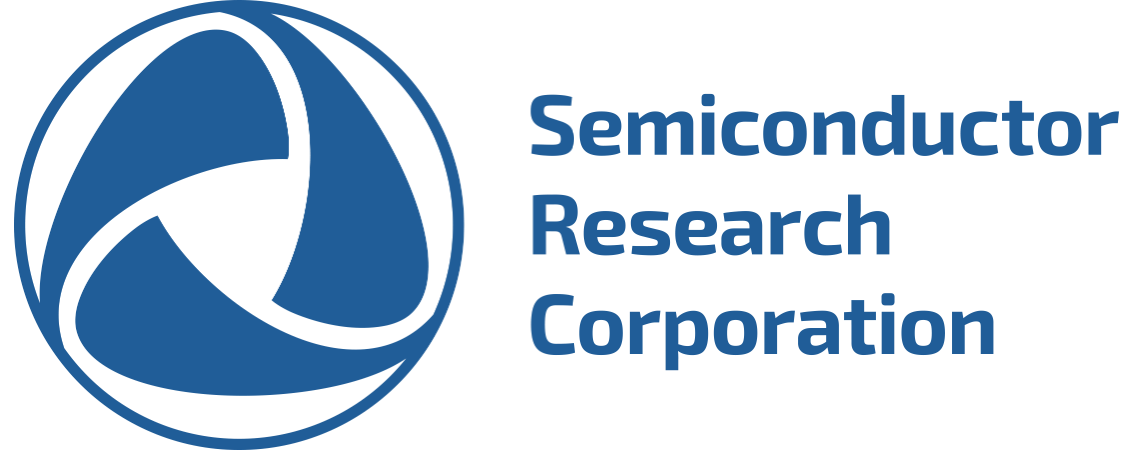Reverse engineering neocortical intelligence
Over several decades, the quest to advance artificial intelligence (AI) has used different approaches such as symbolic reasoning, expert systems, statistics and neural networks. Recently, deep learning stirred a renaissance in AI by reaching human — or even superhuman — performance on several tasks. From the media and the gaming industry to the internet, mobile devices, autonomous machines, security and defense, deep learning is transforming industries at an accelerating rate. Deep learning networks have notable similarities to the brain, involving many layers, many neurons, and many plastic synapses that change with experience. Yet they differ significantly in important respects, lacking cell types, complex nonlinearities, pervasive feedback, structured connectivity, and local learning rules. The fact that the most successful artificial networks share such important features with the brain, yet have so many differences in their details, suggests that there are enormous opportunities to revolutionize machine learning and build next-generation AI systems by understanding and incorporating features derived from neuroscience into artificial neural networks. I will describe our ongoing experimental and computational efforts to decipher the algorithms of cortical microcircuits and how we are beginning to transfer these algorithms to advance machine learning.


